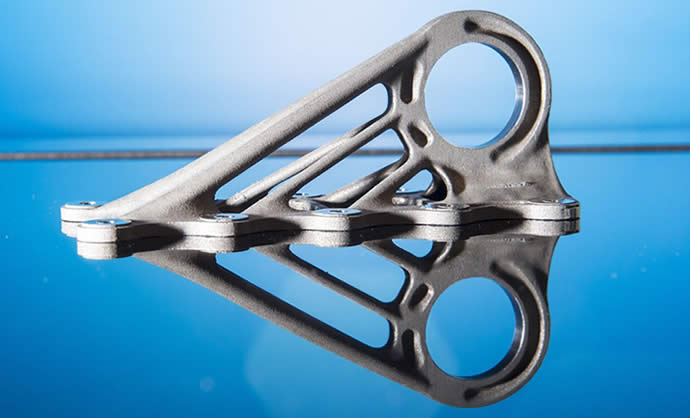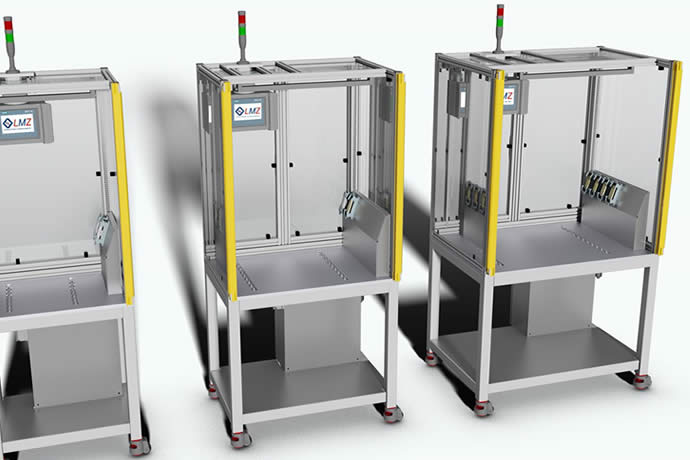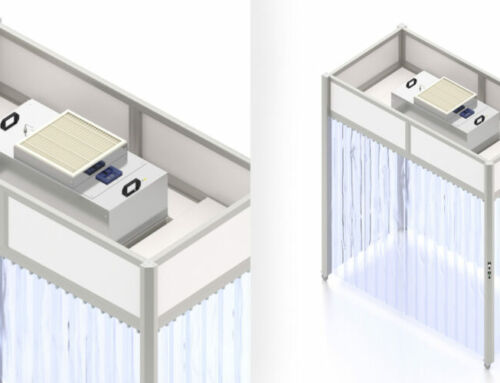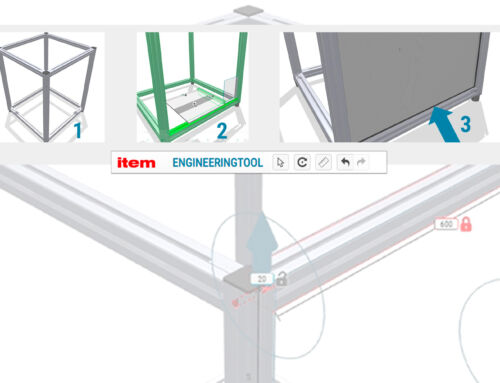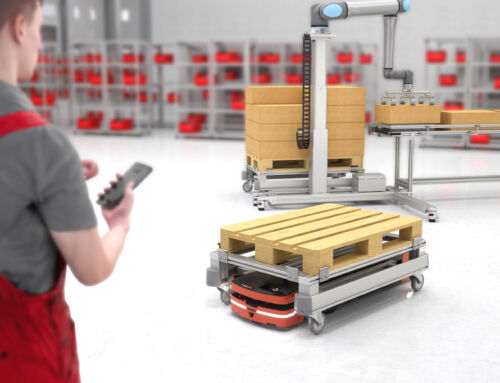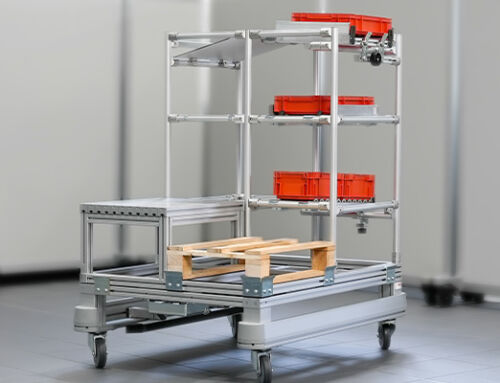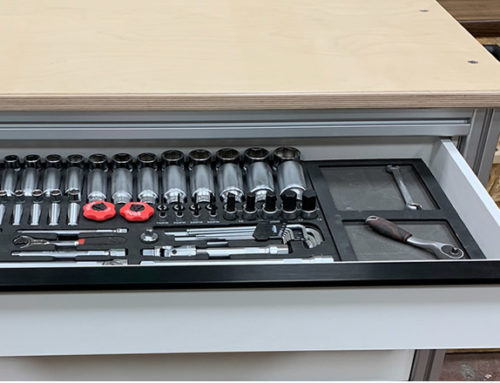It is no secret that German SMEs enjoy an enviable reputation worldwide for their values and quality standards.
The universally recognised symbol of a “German engineer” or the phrase “Made in Germany” speaks a clear language and represents a seal of quality. However, it can sometimes be easy to lose sight of all the major international projects where German SMEs play a vital role. After our presentation a few weeks ago of the clean room technology in the billion-dollar European XFEL project deep underground, we are now taking to the skies. The question is how to further improve the design of materials for aircraft construction.
Aircraft construction at Airbus
The aerospace industry operates under extreme conditions – timelines are tight, and the material has to withstand extreme environmental conditions. There is simply too much at stake – especially in the fuselage and wings – to make even the slightest compromise. This is why composite materials are generally used in this case. You have to imagine a composite material like this – you take at least two very different materials and combine them, creating a new material with its own unique characteristics. One special kind of composite is most common in the aerospace industry – sandwich construction. This involves surrounding a soft core with two hard outer shells.
This method has one downside, however. Material created in this way is very expensive and also exhibits a high level of sensitivity. French aircraft manufacturer Airbus therefore employs Dr. Gregor Endres’ innovative tied foam technology. This uses a fully automatic sewing machine from Schmohl Nähautomaten GmbH. Based in Filstal in the Swabia region of Germany, this specialist in sewing assembly lines has been using our profile technology for quite some time, and is also a member of our item pluspartner network. Schmohl especially trusts in item’s high quality standards and excellent customer service. In the STINGTECH process, the needle of the Schmohl machine penetrates the foam from the outside, picking up a loop of roving material. The rest of the material is cut off. This creates the preform of the material. Every stich is placed based on a complex mathematical model – with millimetre precision.
Tied foam technology – not just something for the aerospace industry
Further processing involves casting resin, which is spread over every thread. This creates an exceptionally robust hold that can withstand a lot of damage. The flexibility of the tied foam technology is also outstanding. Both synthetic and organic textiles can be used. Synthetic textiles include carbon fibre and glass, for example. “The design options are also pretty much unlimited,” says TFT creator Dr. Endres. In addition, his invention is perfect for use in shipbuilding, wind turbine construction and general construction.
Would you like to receive direct information about innovations from the world of specialist mechanical engineering? Then we have the perfect solution for you: simply subscribe to the item blog by completing the box at the top right!
